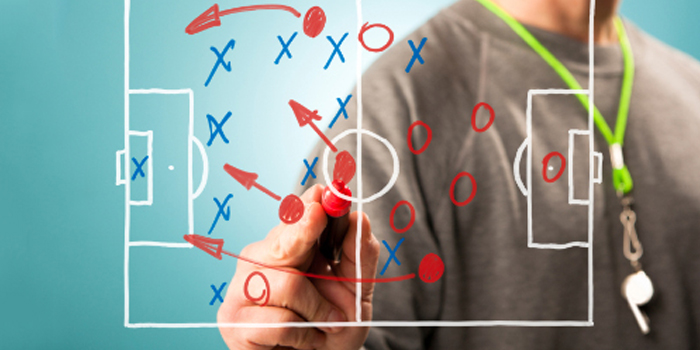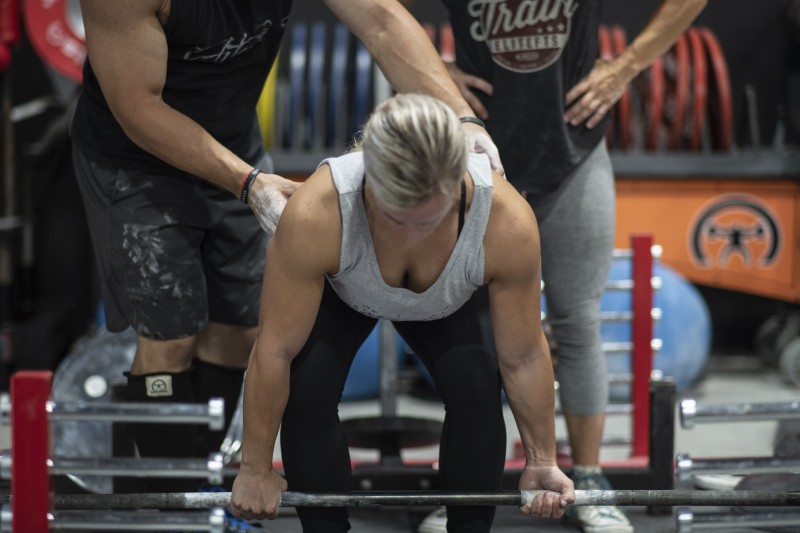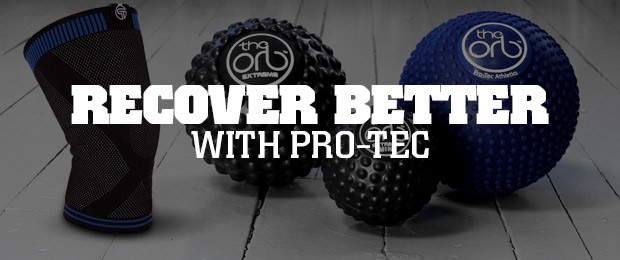
As most reading this are probably aware, the latter half of this year has brought a lot of change in my life, both personally and professionally. I lost my job, worked for a good friend of mine part-time, turned down a job with a different good friend of mine, and accepted a job in a city that I swore I would never return to. It has clearly been a very exciting few months. As with anything, I just try to take it one day at a time and improve each and every day.
I've been very lucky with my new position because my athletic director is extremely progressive. She's willing to look at problems from different angles to find solutions. The first few months here have been a huge learning opportunity for me, and have solidified why I do what I do. I'm reminded daily that we're in a “people business”, and our jobs are to build relationships that will make all of us better. Also, we must all remember: we are greater than the sum of our parts.
RECENT: Starting Over as a Full-Time Coach
Learning and thinking about the many issues that we – as coaches – face, have reminded me to look back at my own programming and question the good, the bad, and the ugly with regard to what I've seen and done over the years. Keep this in your head while you read the short list of mistakes I've made in programming. Hopefully, we can all avoid these – or you can share with me how you’ve made the same mistakes, but how it (hopefully) worked out for you.
1. Training movements, not muscles
For years, I lived by the statement "train movements, not muscles." It's still true, but it's important to remember that muscles protect us from injury. I would reword this to say, "Train movements, not muscles, on your core movements (i.e. cleans, squats, presses, etc.). Train muscles when you're training your accessories."
Too often, I've worried about training movements and I haven't worked on muscles. This is both true in my own training, as well as in the training of my athletes. Give the bodybuilding world some love!
2. Always doing mobility work supersetted with a main lift
This is something that I see more with young coaches (but I sometimes fall into this world). Think about it like this: when doing your own program, you warm up (I just drink coffee), and then you get to your big lift. Most coaches don't do a ton of mobility work between each set of their core lifts, so why do it with your athletes?
I actually think this sometimes has its place, but at other times, it takes the athlete's mind away from the big lift that he or she is about to perform. Keep athletes mentally engaged with the lift at hand, instead of always having them thread the needle or work T-spine external rotation in the frontal plane vertically. In other words, let them train!
3. Over-autoregulating
I attempted autoregulatory training with large groups about seven years ago, and found that my athletes' pre-lift numbers were all over the place. I understand that many would say this is why I should autoregulate. I would argue that with most athletes that we (you and I) work with, the testing results will be invalid if we're trying to see neurological readiness.
Let's say that you use the vertical jump as your method (like I've done). What are you going to do when one day your athlete jumps 108 percent, and on another day the athlete jumps 85 percent? Personally, I wouldn’t do anything differently than what I had already planned, because the athlete isn't proficient at the movement. So, 85 percent may just be due to the fact that the athlete isn't consistent in his jumps. We can't assume that it has anything to do with neurological fatigue (whatever that means).
4. Thinking that pituitary fatigue mattered in our world
This is something that I used to buy into 100 percent. I'm not saying that some people don't have pituitary issues. But too often, we as a profession believe our own crap.
No, the two sets of two at 90 percent didn't fatigue your athlete to the point that he can't walk the following day. If they did, then either he's one of the greatest lifters in the world, or your numbers are off. Back to my point about autoregulating – most of our athletes aren't experts in these lifts, and struggle to get the same mentality as most strength coaches do on the same lifts.
5. Assuming that your athletes understand RPE scales
Here's a test for RPE scales: visit any social media platform (Instagram tends to be better for this test), and look at most lifters who do a max effort lift and then say, "RPE seven, maybe an eight today."
I see this daily. It reminds me of the lifter who struggles with a lift and then says, "405 X 1 – SMOKED IT!" No, you didn’t smoke it; you survived it.
6. Understanding my logistics
I've failed in many aspects of this over the years, and I promise you that I will fail here again. Examples of this include: not knowing your facility and what you can do versus what you want to do, failing to try the session on yourself, and thinking that a superset of pull-ups, shrugs, and hanging leg raises sounds fine – until you discover that no one can complete the circuit because their forearms are failing.
These are just a few examples of where I (and others) have made mistakes. Programming is far from a perfect science. As we become better and more educated as a profession, we all need to sit back and realize that science is great, but reality will always win the day.












Despite my education, knowledge and what I think I know, it forced me to be much more introspective and go with what the results are telling me. I'm hoping to write an article on this topic as well and improvements I can make in my program after giving it an audit.